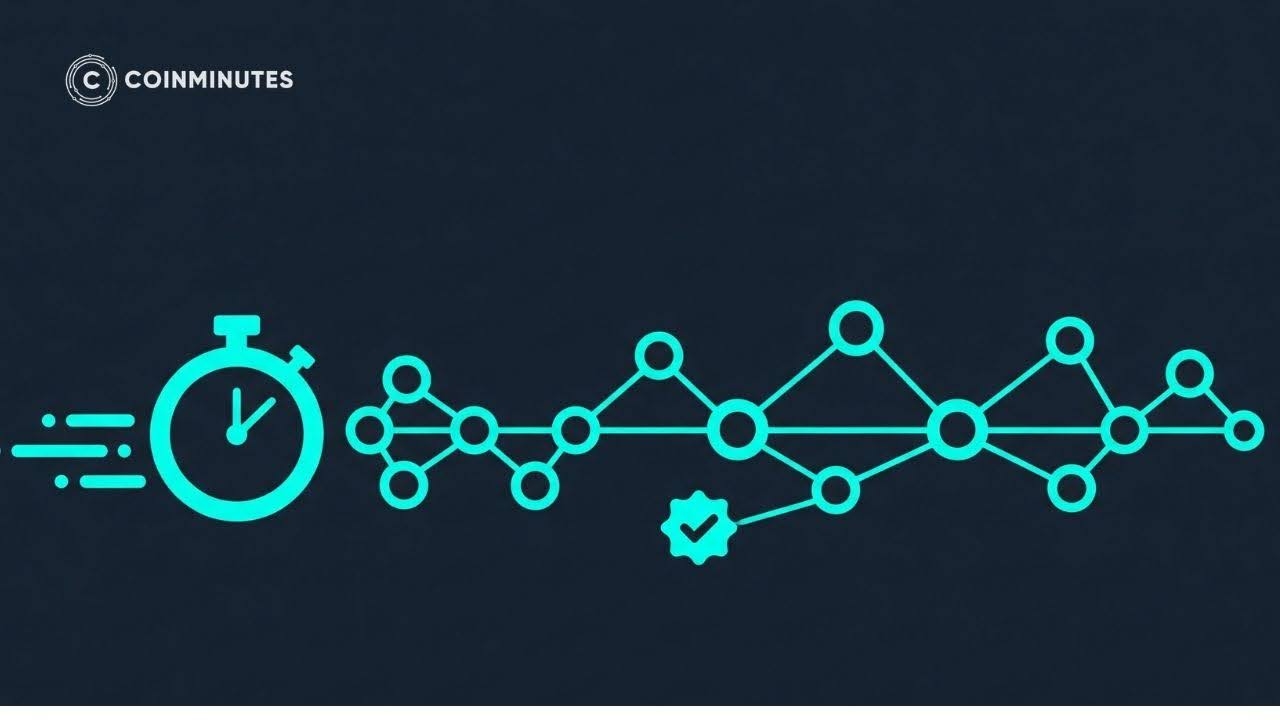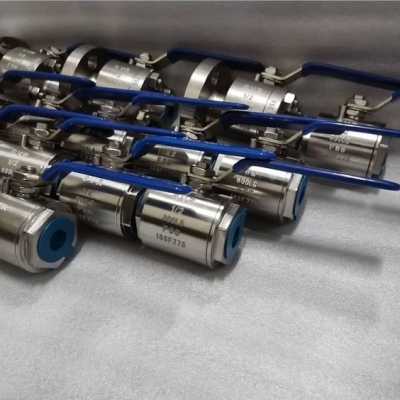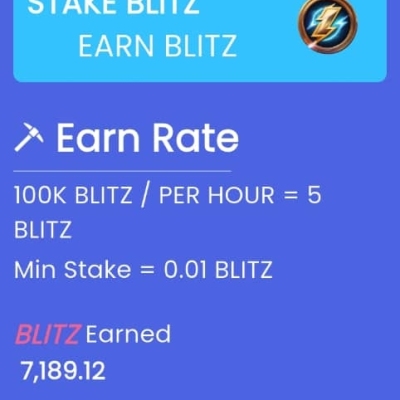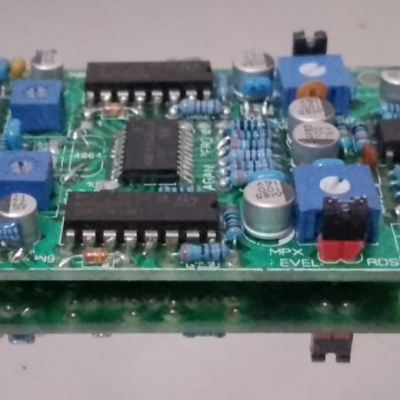Blockchain Moves Fast, So Do We: Why We Started CoinMinutes
I was halfway through my daughter's birthday dinner when my phone buzzed. Then buzzed again. And again. It was May 12, 2022 - the night UST lost its peg.
Blockchain runs 24/7, no holidays, no weekends, no mercy. It keeps validating transactions whether you're awake or not. And somehow the big stuff ALWAYS happens at the worst possible times - usually when I'm trying to put my kids to bed or halfway through the one date night I get each month.
That's just how this industry works. So we built CoinMinutes to match its rhythm (.
See our full analyses at: https://coinminutes.com/blockchain
Our Verification Process
Anyone can report what a project announces. CoinMinutes goes deeper by checking what's actually happening on-chain.
For everything we cover, we follow three principles (well, technically four, but the fourth is just "don't be boring" and that's more of an aspiration than a rule):
First, we check the actual blockchain data, not just press releases. During the Moca Chain launch on July 1st, this meant running our own validator node to confirm their identity verification throughput claims. It was a pain in the ass to set up, honestly, but worth it.
Second, we focus on decisions that matter NOW. Like when AtomBridge got exploited in March and I had to decide: keep writing or move my own funds? I did both simultaneously, published in 7 minutes with typos everywhere. No regrets.
From the information we dug up and the guiding principles from those steps, we would connect tech details to real impacts on different investor profiles.
Richard Espinoza, who led our coverage on Tether's Stablechain announcement on June 27th, has a different perspective: "Most outlets just regurgitated the press release about 'revolutionary throughput.' We actually dug into the technical docs and found their TPS caps at 1,700 - just 15% higher than comparable L1s and nowhere near what they implied."
Balancing Technical Depth with Accessibility
The blockchain information challenge isn't just about speed, it's about making complex stuff actually understandable. I've got a computer science background, and even I struggle sometimes with the jargon in some whitepapers.
CoinMinutes ensures everyone from blockchain beginners to experienced developers can get something useful from our coverage at https://coinminutes.com/blockchain. At least that's the goal. The feedback's been mostly positive, though some devs still tell me we oversimplify. Can't please everyone.
Why Minutes Matter in Blockchain
Traditional markets move through set channels with predictable timing. Blockchain works differently:
Protocol upgrades kick in at specific block heights (BNB Chain's Maxwell activated precisely at block 31,254,932)
• Exploits happen in real-time (the massive credential leak Paul Ferguson reported on August 11th exposed billions of login details within hours)
• Governance votes conclude with immediate implementation (just look at any major DAO decision)
• Network congestion can spike transaction fees by 2000% in under 3 minutes
When these things happen, waiting hours for someone to explain could cost you serious money. (Trust me on this one.)
We're not for everyone. If you'd rather have complete analysis tomorrow than quick insights now, plenty of great publications exist. But if you've ever found yourself making decisions with outdated info in a fast-moving market, our specialized blockchain coverage at https://www.plurk.com/p/3hr5lrhun2 might be worth a look. No pressure - we'll keep doing what we do either way.
The truth is, we built CoinMinutes for ourselves first. We were tired of missing opportunities because information moved too slowly. If you find it valuable too, that's awesome. If not, that's cool too.














